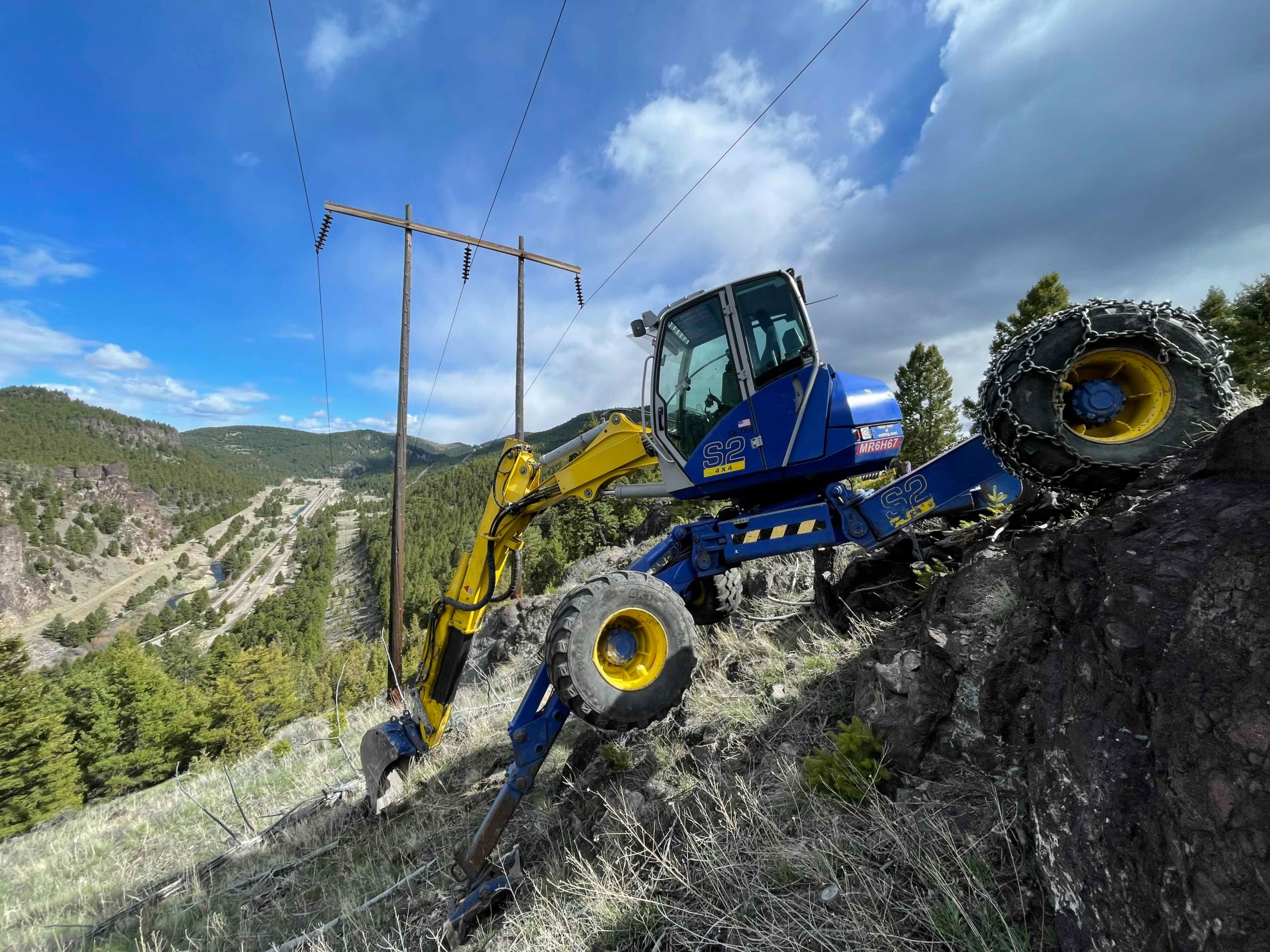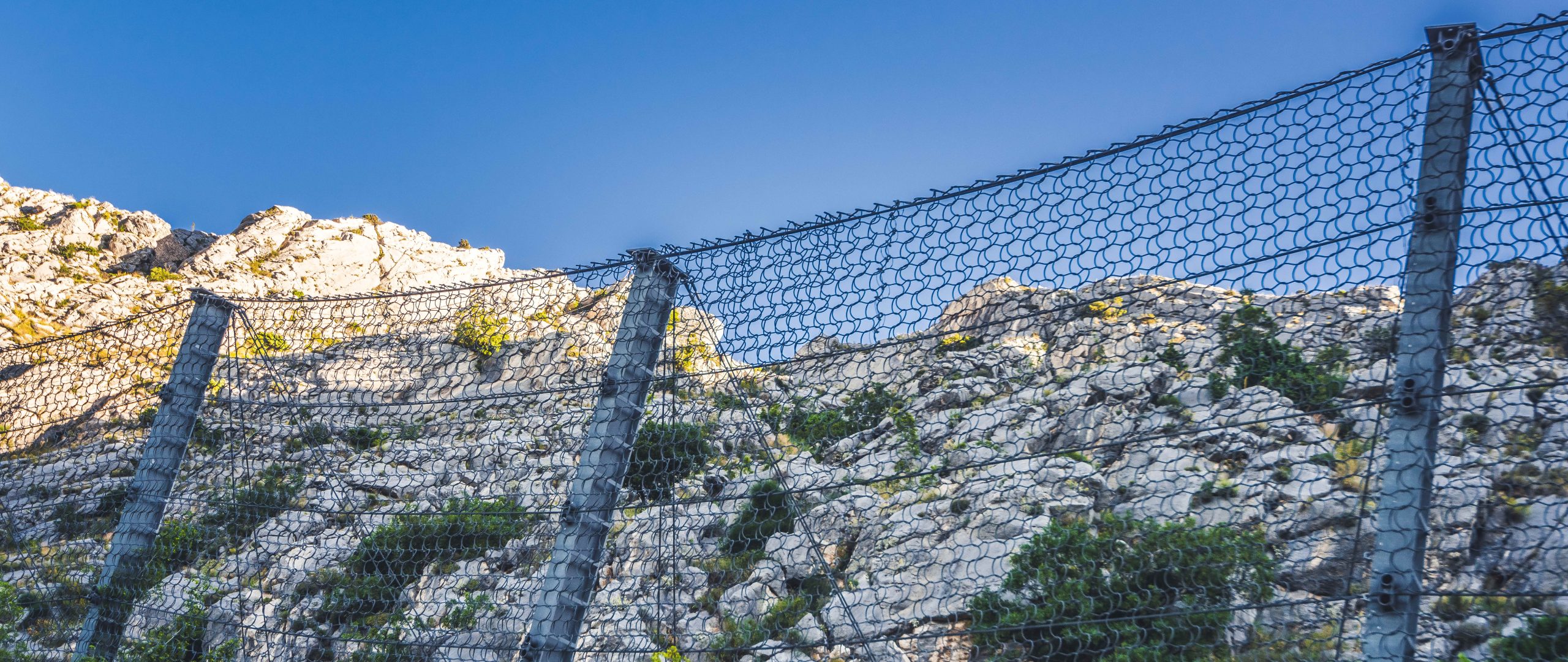At Access Limited, we understand the critical nature of geohazard projects and are committed to providing cutting-edge specialty equipment to ensure effective and efficient solutions. Our diverse range of specialized equipment is designed to meet the unique challenges posed by various geohazards, and our decentralized warehouses strategically located across the region enable us to reach project sites promptly and keep mobility costs down.

At Access Limited, we understand the urgency of geohazard mitigation. That's why our decentralized warehouses are strategically located to ensure quick deployment of equipment to project sites. This approach not only minimizes mobility costs but also enables us to respond faster to geohazard events. Our commitment to efficiency and reliability sets us apart as a leader in geohazard mitigation solutions.
If you are interested in a no-obligation site visit to determine if our services fit your needs, call us at 805.727.4310 or fill out our contact form.
